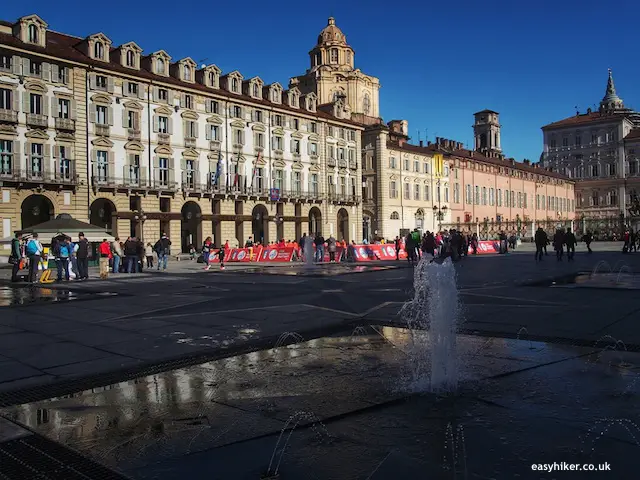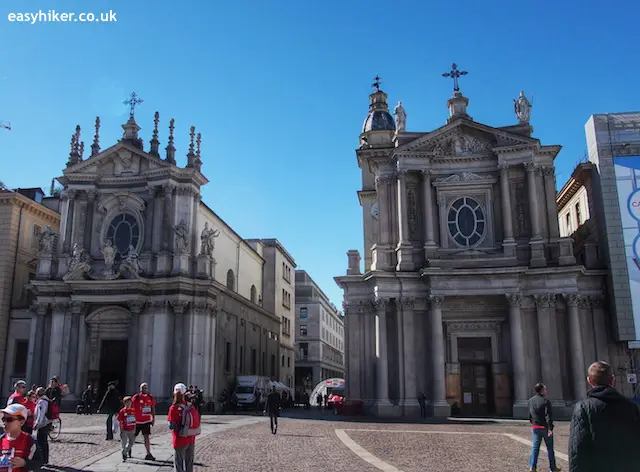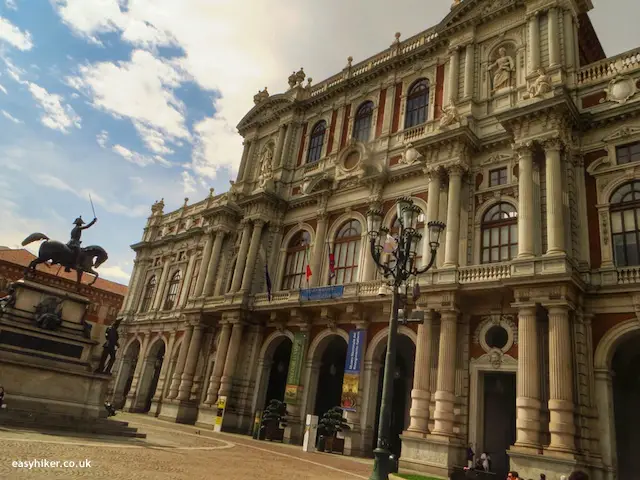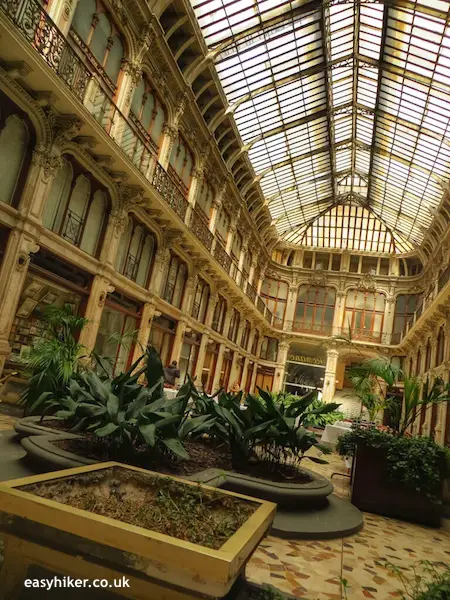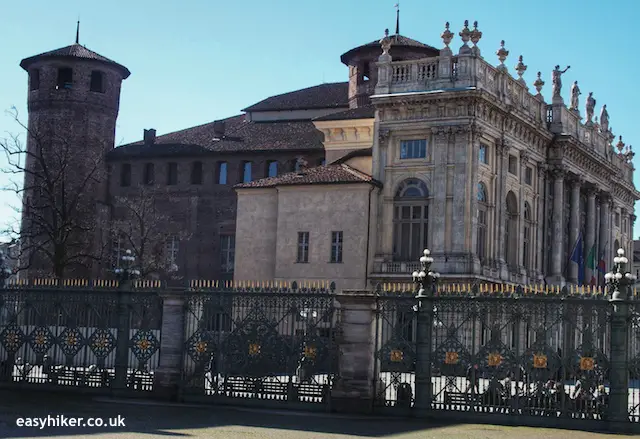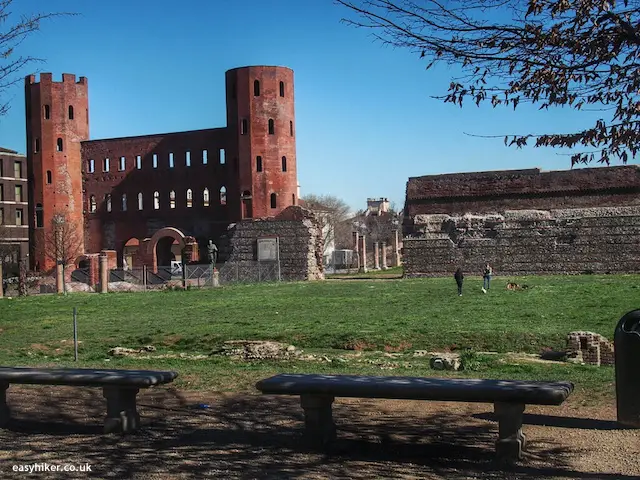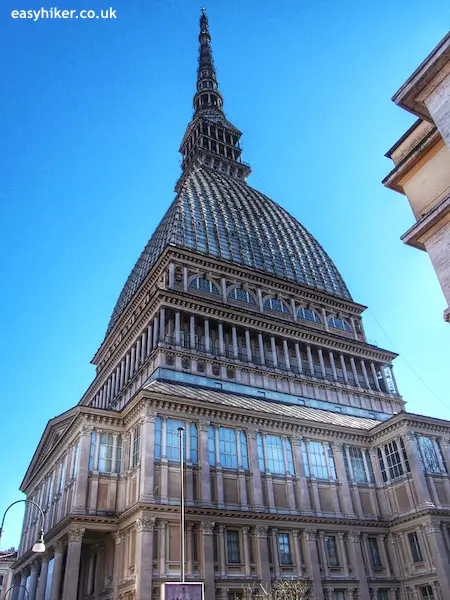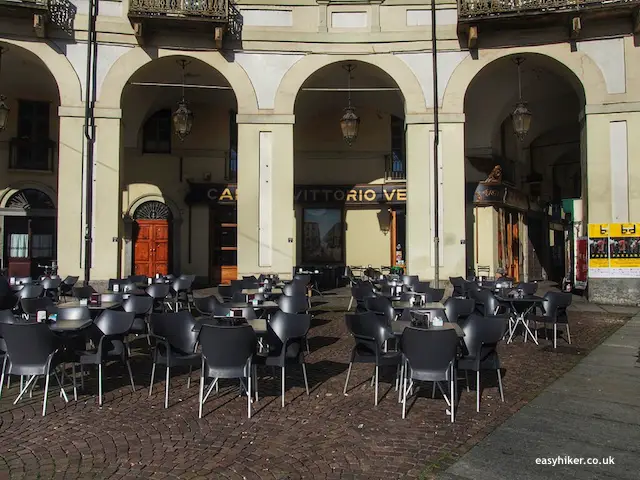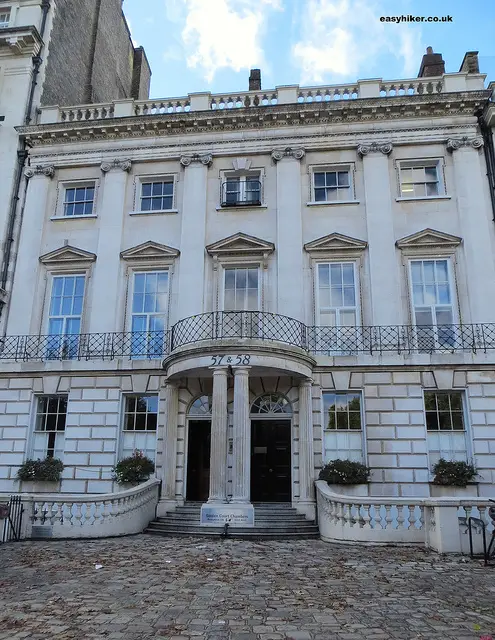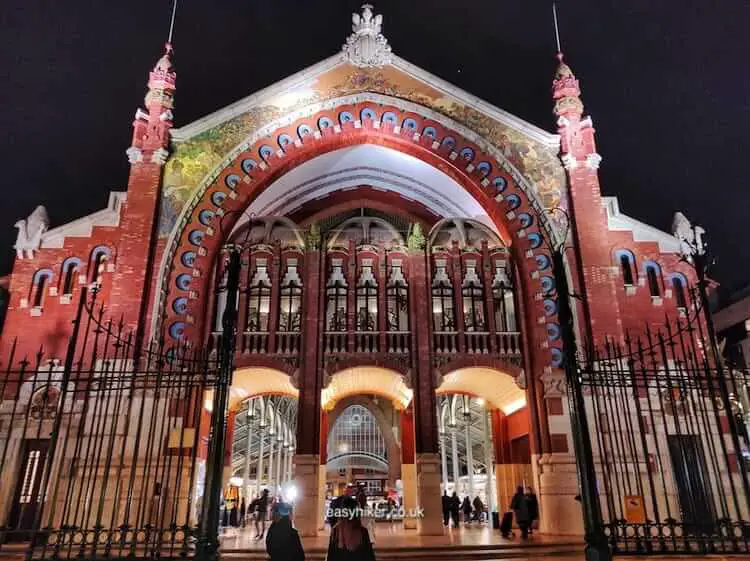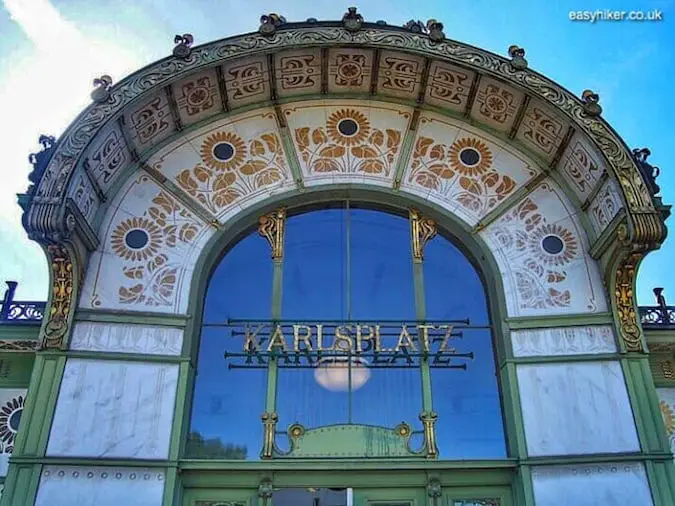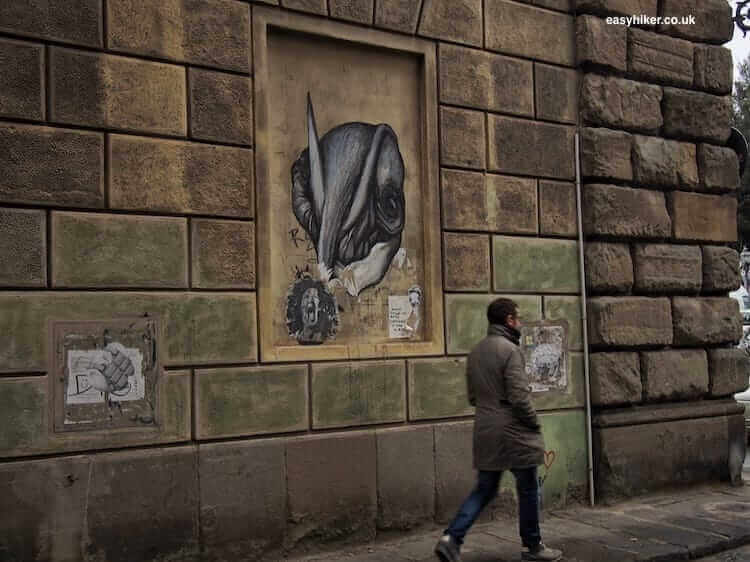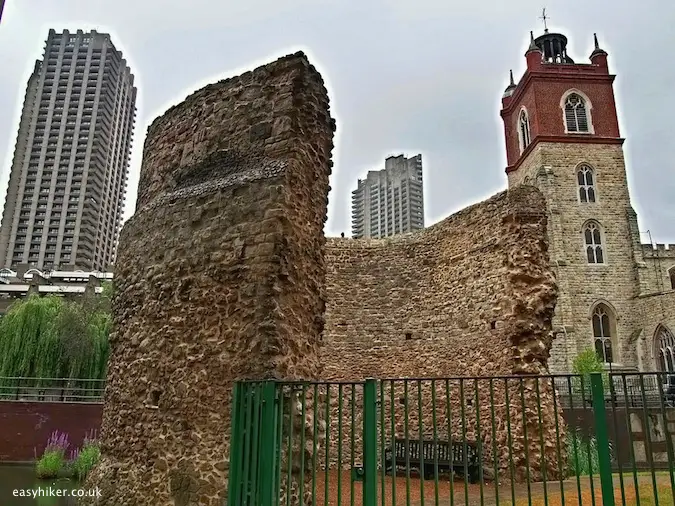Meet two of modern Italy’s founding fathers, a two-faced royal mansion and the world’s tallest museum
In addition to the San Michele hike from our last post, we have prepared two more tours in Turin for you: one “town” walk and one “country” walk, both of them relatively short (with lengths of two to three hours) so you could do them, if you wanted to, back-to-back on the same day.
We start our town walk in Turin at its central train station, the Porta Nuova. As we approach the city centre (taking Via Lagrange just opposite the station and turning right into Via Mazzini), we are already beginning to learn a few things about Turin.
One of the first observations you will make is that the city is laid out in a regular, almost grid-like street pattern which features, mainly, relatively new buildings (with a few exceptions, Turin’s earliest buildings of note are from the 17th century).
There is no medieval city centre here, no impenetrable network of dark alleys that appear to lead you ever deeper into some inscrutable mystery: if cities were a piece of music, neighbouring Genoa would be a gloomy and obscure nocturne, Milan a formal concert for a grand piano with a strong Central European lilt, while Turin would be something to be played on a trumpet: loud and triumphantly.
Secondly, Turin is a young city, and you are likely to encounter many students on their way to or from one of the city’s universities.
Turin houses the largest university in Northern Italy (with almost 70,000 students), while its Polytechnic (with another 30,000 students) is known as the best engineering college in the country and the only Italian institution of higher learning which is regularly included in surveys of the world’s best.
Having turned left into Via Accademia Albertina and crossed Via Giolitti, you will have one of the dozens of the town’s university buildings on your right.
Thirdly, Turin is the grand capital of Italy’s Risorgimento, the period of Italy’s “national rebirth” between 1815 and 1870. After Napoleon’s defeat at Waterloo, the country of Sardinia-Piedmont was carved out of the conquered lands he had left behind, and Turin became the capital of a proper kingdom, while its emboldened new royal family became the driving force behind the Risorgimento.
In 1861, Italy became a nation state and Turin its first capital. The midwife of this “national rebirth” was the Count of Cavour, Sardinia-Piedmont’s and later Italy’s Prime Minister, who was born and raised in Turin. The statue on Piazza Carlo Emmanuelle II is dedicated to him.
At the piazza, turn left into Via Maria Vittoria for Piazza San Carlo …
… before turning right into Via Roma and left into Via Principe Amadeo.
On Piazza Carlo Alberto, you will meet the second most important man of the Italian Risorgimento (his statue, to be precise). If Cavour was the midwife of Italy’s national rebirth, then Carlo Alberto owned the hospital. He fought (and lost) a war of independence against Austria and drafted a constitution for his small kingdom that eventually became the blueprint for the Italian one some decades later.
He was also the father of Vittorio Emmanuelle, the first king of Italy. (The statue gives the unfortunate impression that he is leading a cavalry charge against his own family’s Palazzo Carignano, now housing the National Risorgimento Museum.)
At the end of the piazza, turn left into Via Battisti, passing Galleria Romana, a rather elegant 19th century shopping mall …
… before turning right into Via Roma again for the Piazza Castello which lies at the heart of the city, featuring the double-fronted Palazzo Madama (late medieval on one side, Baroque on the other) …
… and the large complex of the Royal Palace itself that also includes the Turin Cathedral.
The Cathedral is currently closed but will reopen on 19 April 2015 for one of the rare and irregular exhibitions of the Shroud of Turin (open until 24 June).
Right next to the Cathedral, you will find the Porto Palatina, the northern gate to the 1st century Roman city that preceded modern-day Turin.
Find your way back to the Piazza Castello and leave through Via Po on your left hand side, formerly (in the 18th century) the city’s most elegant street. Since then, it has probably lost some bragging rights and its most elegant shops to Via Roma, but a walk under its colonnades is still impressive as well as interesting …
… not least because this quarter also features one of the city’s few landmark buildings from the 19th century.
Overall, Turin is probably the least “industrial” of Europe’s large industrial cities – the Fiat car factories which carried Turin’s name all over the world are stashed away in the suburb of Lingotto – and any comparison with Detroit (Turin’s “twin city” since 1998) is even more far-fetched.
Few buildings in town speak of the industrial age, but the tower that rises ahead of you on your left clearly reflects 19th century construction technology.
This is the Mole Antonelliana, perhaps Turin’s most frequently reproduced motive – the tower is featured on the back of the Italian 2-Eurocent coin.
Do make the small detour so you can look at the tower from up close and realize how willfully it has been attached to the building itself – which, incidentally, had originally been conceived as a synagogue. (The building now houses the National Film Museum, which is – thanks to the Mole – the highest in the world.)
Continue to Piazza Veneto where both Via Po and this walk end – and where you may want to take a brief rest, for a little snack perhaps, …
… before continuing on our “country walk”. More about that in our next post. (But make sure to check out the easy hike we had the day before our town walk in Turin.)

